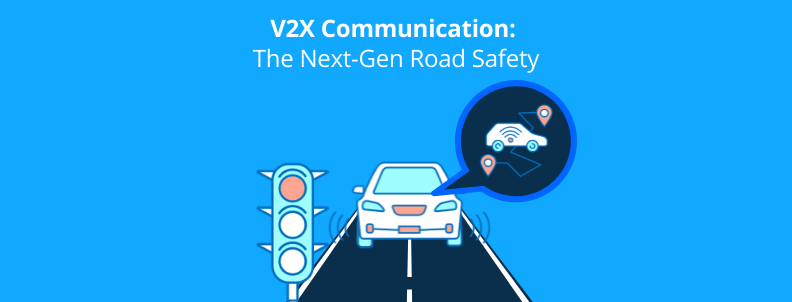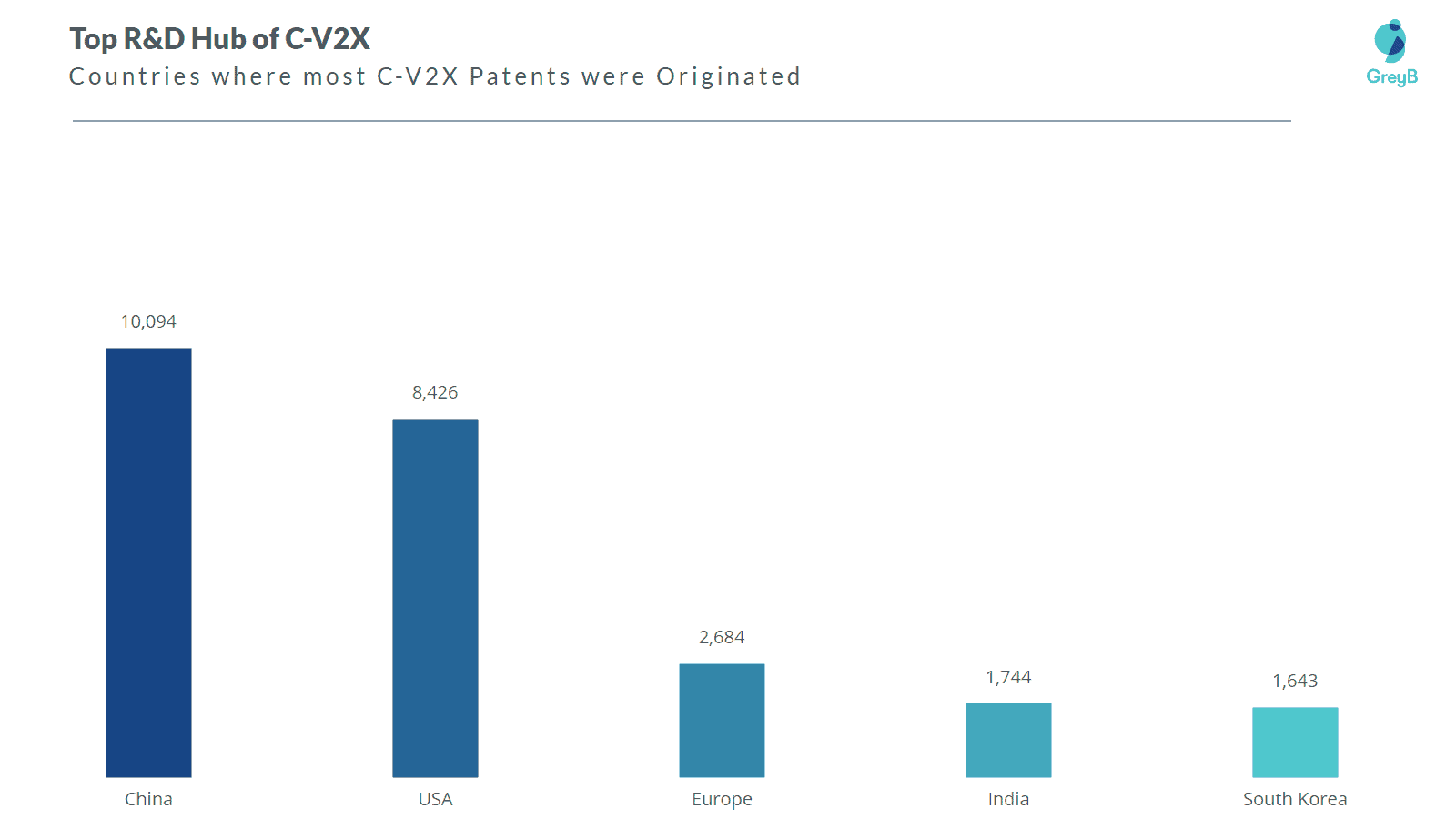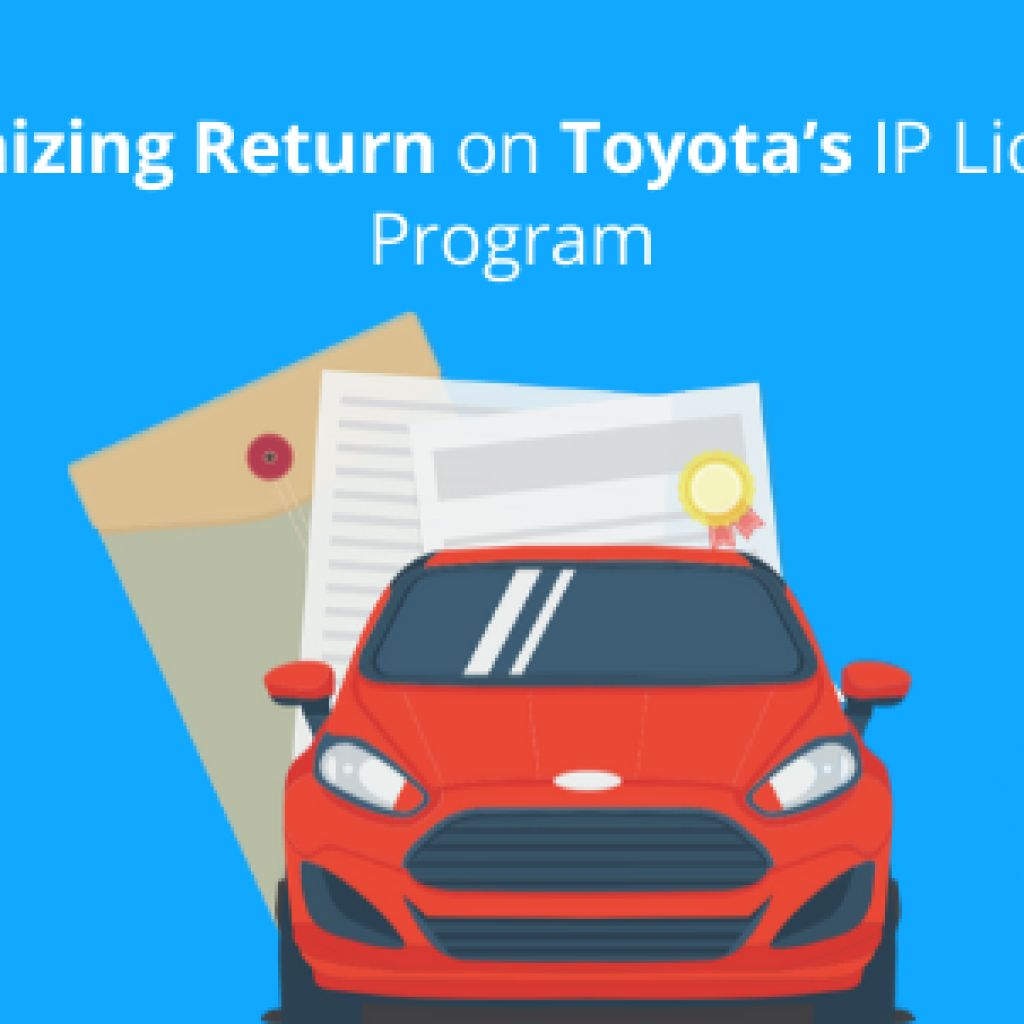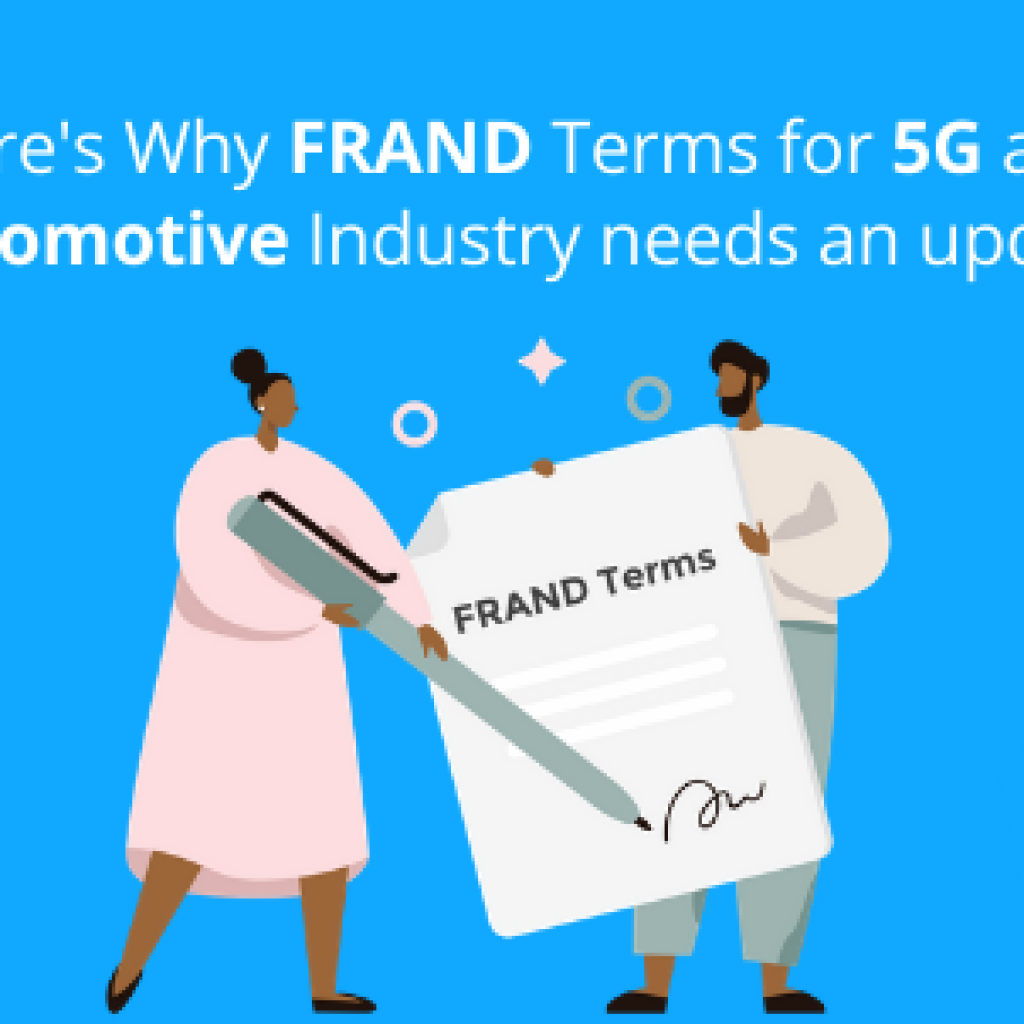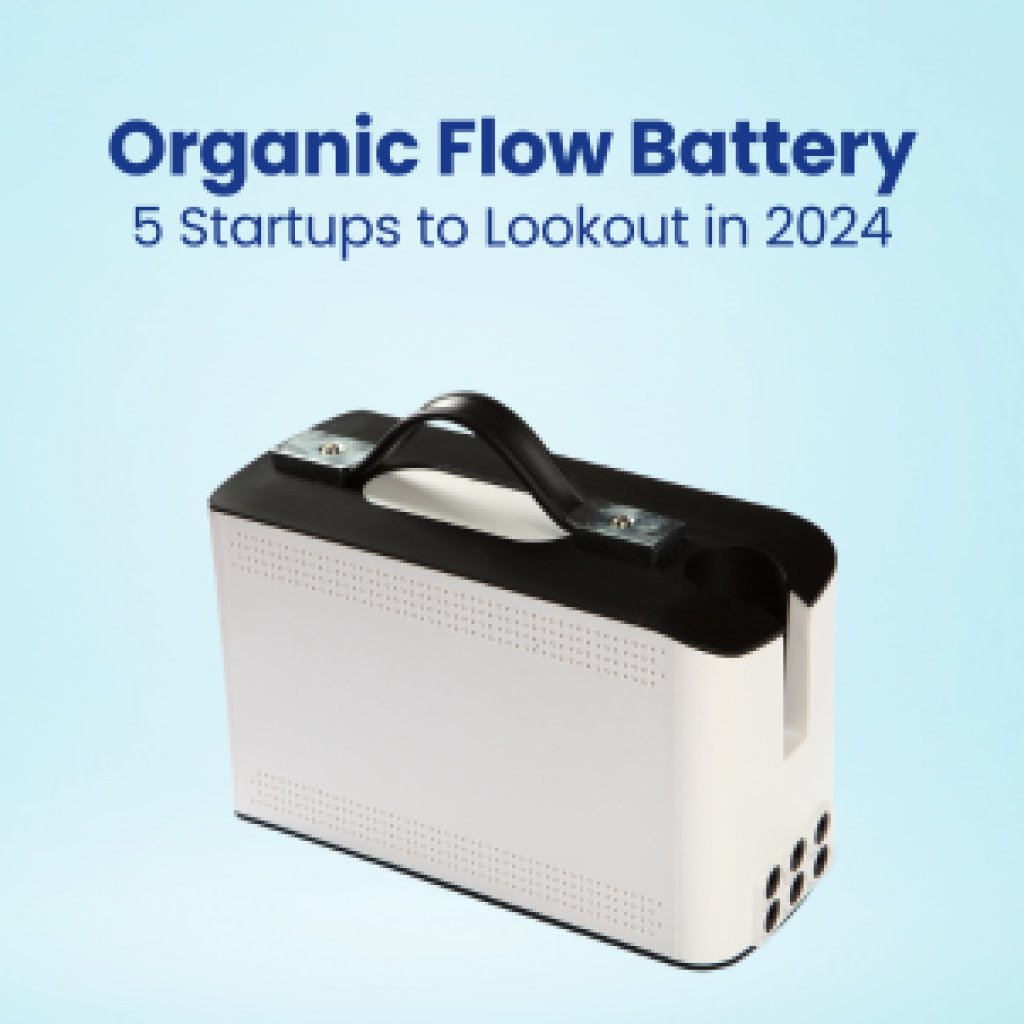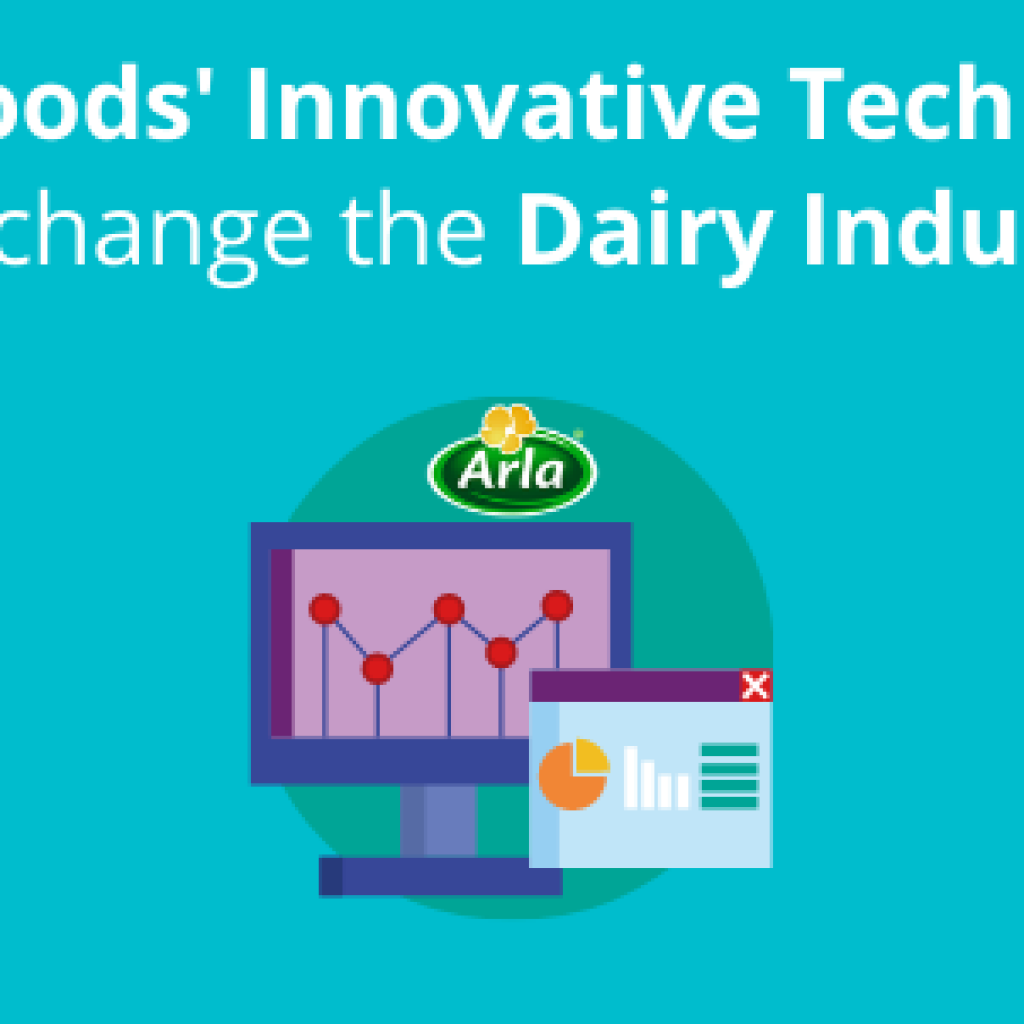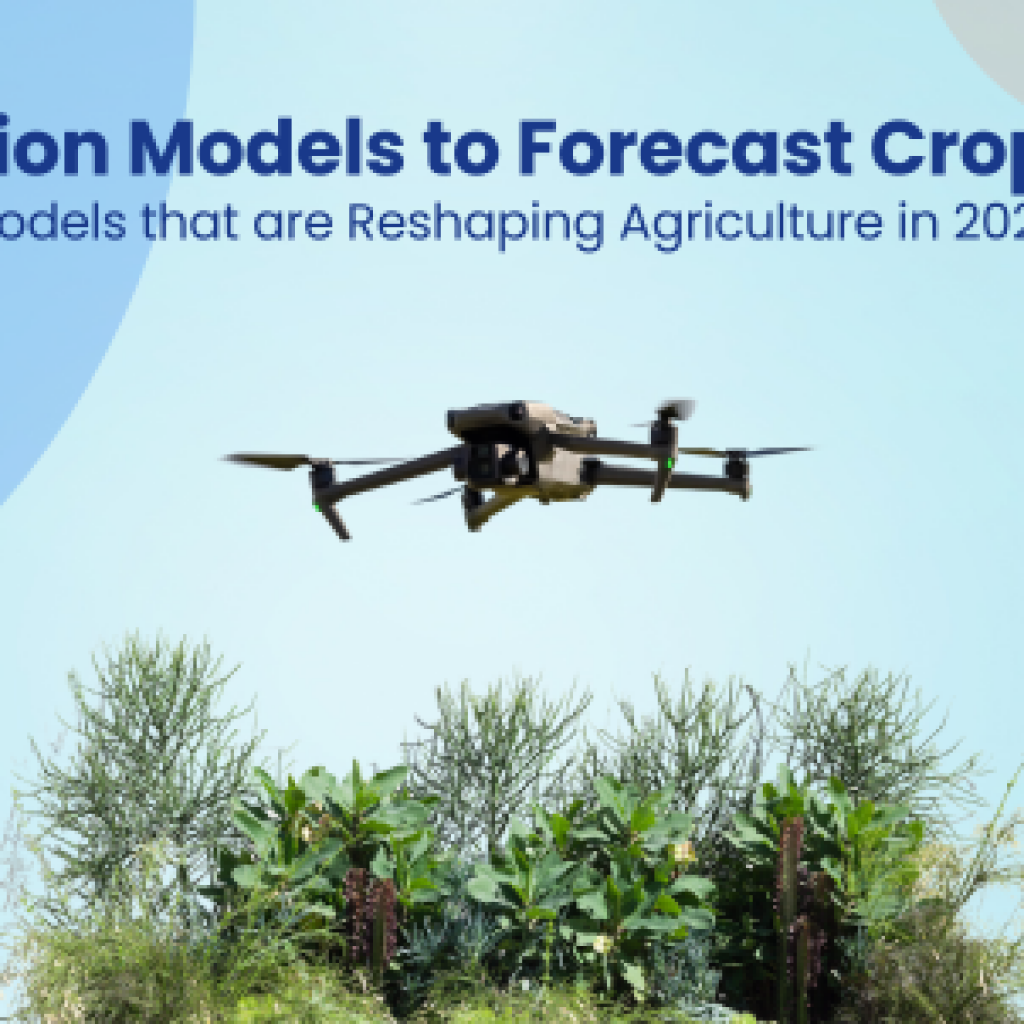On average, there are 6 million car accidents in the U.S. every year, with Massachusetts holding the top spot for the highest percentage of drivers with a prior at-fault accident. That’s roughly 16,438 people per day who never return home.
However, the rollout of 5G technology paved the way for Vehicle-to-Everything (V2X) connectivity. And with that came a ray of hope for the next estimated 14,794 people to return home safely, and the next after them, and so on.
“Of the 6 million vehicle accidents in the U.S. alone every year, an estimated 90 percent are preventable, meaning that most accidents were caused by human error according to a report on distracted driving published by the National Highway Traffic and Safety Administration. V2X technology is expected to reduce human error and save many of those lives. V2X aims toward solving this problem because the computer doesn’t get tired.”
– Robert Bielby, V2X expert & senior director of automotive system architecture in Micron’s Embedded Business Unit
What is V2X Communication?
V2X or Vehicle-to-Everything is a communication system that enables the transfer of information from a vehicle to another and the traffic system to further improve road safety.
The technology came into being with the idea to enhance road safety, energy savings, and traffic efficiency on the roads. The main elements of V2X include vehicle-to-vehicle (V2V), vehicle-to-infrastructure (V2I), vehicle-to-grid (V2G), vehicle-to-cloud (V2C), and vehicle-to-device (V2D) communication systems.
 Source: Qualcomm
Source: Qualcomm
Within the V2X communication system, the information travels through high-bandwidth, high-reliability links from the vehicle sensors and other sources. This allows the vehicles to commute with other cars, infrastructure such as parking spaces and traffic lights, and smartphone-tossing pedestrians. This technology helps to improve traffic efficiency by warning drivers of upcoming traffic, suggests alternative routes to avoid traffic, and also helps to identify available parking spaces.
Market Growth and Size
According to MarketsandMarkets, the V2X market is expected to grow more than $12 billion by 2028 compared to $690 million in 2020. However, the V2X market witnessed a slow growth in 2020 due to low vehicle sales amidst COVID-19. But overall, the market is growing substantially due to the high demand for automobile safety features and better traffic management.
 Source: MarketsandMarkets
Source: MarketsandMarkets
In 2019, Europe was the highest contributor in terms of revenue of $851.8 million and is expected to grow and reach $3.03 billion by 2027, at a CAGR of 24.4%.
But the major growth will be seen by the Asia-Pacific region which is expected to grow 66% annually with an estimated market cap of $2,049 Billion over 2021 – 2030, as per Research and Markets.
According to VynZ Research, in 2020, North America held approximately 40% of the global V2X market. Europe and Asia-Pacific held approximately 28% and 15% respectively.

Global V2X Market Share in 2020, by Region
Asia-Pacific expects to increase the market share by a significant portion as China is leading 5G and AI and both technologies are a key driver for the growth of V2X technology. Meanwhile, Japan and South Korea are the houses to major automotive brands like Toyota, Honda, Hyundai, and these companies have been working on V2X.
Market Drivers
Rise of Connected Cars
The demand for connected car services had experienced an increase due to the rise in the need for basic vehicle connectivity applications, such as real-time updates, navigation, and in-car infotainments. The connected vehicles provide cars to communicate through the V2X platform with drivers, other vehicles, road infrastructure, and the cloud.
These technologies and services improve safety, and automate certain driver functions, while generating valuable data, including vehicle performance and road conditions. Therefore, an increase in the V2X-based services provided in connected cars has driven the growth of the automotive V2X market.
By 2023, Europe will hold a market share of approximately 31.1%, followed by the US at 27.1%, and China at 20.8%.

Estimated Connected Cars Market Share, By Region, To Be In 2023 (%)
Rapid Increase in Urbanization
In recent years, the V2X-based intelligent transport system (ITS) has been developed. This has enabled the technology to improve road safety, traffic efficiency, and driving experience. Even the development of smart cities with smart infrastructure facilities is leading to the growth of the overall V2X market. Even the ongoing development & commercialization of cellular technologies has been a major contributor to market growth.
5G and AI
In the future of the automotive industry, AI and 5G has been playing a crucial role. The cellular-V2X is a key contributor to the expansion of vehicle automation as it establishes various lines of communication between vehicles, roadside units, and pedestrians, thus making the vehicle more aware of its surroundings. The design of C-V2X technology helps it to be compatible with upcoming 5G network technologies. This feature will enable mission-critical V2X and C-V2X to act as ultimate platforms while enabling the cooperative intelligent transport systems (C-ITS) services and technology. Hence, this combination of AI and 5G with C-V2X has been driving the growth of the overall global V2X market.
Market Challenges
Robust Legal Framework
As this is a new technology hence protection of data is needed at a high priority level. The 5GCAR project helped in making an important step towards the development of the V2X ecosystem, after investigating the value of 5G for connected cars. However, several challenges include the legal frameworks and spectrum availability. The V2X maturity is at different stages for different regions around the world. Hence it is quite difficult to develop a framework that applies to all the countries that are using V2X technology.
Security of Data Communication
Yet another important challenge for V2X technology that has been causing hindrances to the growth of its market, is to build a secure system that ensures privacy, authenticity, and security for all types of V2X communication. Vehicle records contain sensitive information about the owners and vehicles in encrypted form. These records are attached with access control policies and policy enforcement engines. As it is a new technology development of security of data communication is still a work in progress.
V2X Market by Offering
Hardware and software are two important parts of V2X technology. While in hardware, semiconductor companies and automakers are developing SoCs, sensors, and other hardware parts to aid V2X communication. Other companies and startups are focusing more on software, such as networks, connections, communication, GPS, etc. to make sure that vehicles can transfer information even in a tunnel or in bad weather conditions.
Below are a few developments made in hardware from chipmakers and automakers.
Hardware Developments
LG Innotek created a Second Generation V2X Full Module for connected and autonomous vehicles. With the development of the ‘V2X Full Module,’ LG Innotek has accelerated its entry into the connected car component market. With its strong product line-up, it intended to provide consumers with optimized and tailored solutions. With products ranging from HCI modules to complete modules, the firm can tailor its supply to the functions required by finished cars or vehicle parts firms. It has V2X modules tailored for the major V2X chip range manufacturers Autotalks, NXP Semiconductors, and Qualcomm.
Qualcomm launched the 9150 C-V2X ASIC, which provides the C-V2X direct communication mode, which is intended to provide automobiles and roadside equipment with low latency connectivity for Vehicle-to-Vehicle (V2V), Vehicle-to-Infrastructure (V2I), and Vehicle-to-Pedestrian (V2P) driving with or without a cellular connection.
Hyundai focuses on evolving innovative technology that incorporates its current core component technologies such as braking and steering, advanced control technologies, and autonomous driving sensor technologies to prepare for the market. The company intends to use this emerging convergence technology to provide potential automotive technology applications such as self-driving and connected vehicles. It created the Integrated Communication Controller, which allowed real-time communication of different vehicle details with other vehicles or infrastructure through external communications systems.
Danlaw Inc. creates smart city technologies by using connectivity technologies and sensor data to allow innovative traffic control and safety applications. Danlaw’s RouteLink – V2X Roadside Unit is simple to integrate with current traffic networks. It is intended to improve road safety and mobility. RouteLink warns drivers of hazardous driving conditions, allows emergency responders to pre-empt traffic, and gives buses and utility vehicles signal priority.
Cohda’s V2X implementations are the most commonly used in the market. It incorporated the V2X tech into two systems used by automobile manufacturers. Cohda Wireless has a hardware solution for Cellular V2X (C-V2X) devices. Cohda’s MK6C Evaluation Kit speeds up the commercialization of C-V2X technology.
Software Developments
Airbiquity is a well-known provider of connected vehicle services and a pioneer in developing and engineering automotive telematics technologies. Airbiquity runs Choreo, an innovative cloud-based connected car content management network. Automakers and automotive suppliers have collaborated with Airbiquity to deploy extremely flexible, stable, and reliable connected vehicle service programs that meet the needs of its customers in over 60 countries worldwide.
Bosch collaborated with a connected car start-up to introduce a multi-standard approach to vehicle-to-everything connectivity (V2X). Bosch followed a multi-standard approach to V2X (vehicle-to-everything) and built a common communication unit capable of connecting using any of the transmission protocols used in connected cars.
HARMAN International, a wholly-owned subsidiary of Samsung that focuses on embedded devices for the automobile, industrial, and business markets, develops and engineers integrated devices and technologies for automakers, customers, and businesses around the world, including connected vehicle networks, audio and video products, enterprise automation solutions, and Internet of Things services. It launched a Dual-Mode V2X solution aimed at improving automotive safety. The adaptable telematics system includes both software and hardware and connects to DSRC and cellular (5G) Vehicle-to-Everything (C-V2X) networks, eliminating the need for various safety system configurations.
Qualcomm Technologies prioritized the implementation of robust C-V2X on-board unit (OBU) automotive platforms to accelerate C-V2X for the connected vehicle, and these implementations were applied to roadside facilities. Using Qualcomm Snapdragon Automotive Wireless Platforms and C-V2X technologies, it collaborated with the leading automobile, road operators, infrastructure, and technology firms around the world to show the advantages and technical sophistication of C-V2X technology.
V2X by Connectivity
V2X communication can be achievable in two ways:
- WLAN
- Cellular
V2X communication uses WLAN and works directly between vehicles to vehicles or vehicles to infrastructure.
But, in 2016, 3GPP made cellular V2X standard in Release 14 to use cellular technologies such as LTE or 5G to provide V2X communication.
While some countries are adopting CV2X, others are choosing WLAN Based V2X. Both CV2X and WLAN-V2X have their own cons and pros and depending on the requirement, companies are adopting one. But CV2X seems to have more advantages over WLAN-V2X.
 Thus C-V2X became more famous over the period of time as 5G boosts the communication and removes the hurdle that 4G was not able to.
Thus C-V2X became more famous over the period of time as 5G boosts the communication and removes the hurdle that 4G was not able to.
“Recent testing has shown the superior performance of C-V2X relevant to non-cellular ITS technology. Wi-Fi […] has no relationship to existing cellular infrastructure, nor will it be compatible with 5G, which provides the best of both worlds: direct short-range communication in unlicensed bands and long-range communication with 4G and 5G. C-V2X also facilitates ad-hoc vehicle communication in situations with no cellular coverage.” – Joakim Reiter, Group External Affairs Director, Vodafone.
Companies like Qualcomm have been researching and promoting C-V2X as it started to provide solutions to autonomous vehicle companies.
Not just companies but major countries like the US, China, and Japan are also favoring C-V2X. Besides that, some European countries also prefer C-V2X. In 2019, 21 European countries voted against a motion to close down 4G/5G-based V2X communication.
Further 5GAA consortium is also promoting C-V2X among major companies to adopt the technology. The consortium already has major companies as its members such as automotive, telecom, and technology players.
Cellular Based Solutions
Qualcomm’s C-V2X solutions support vehicle-to-vehicle (V2V), vehicle-to-pedestrian (V2P), vehicle-to-cloud (V2C), and vehicle-to-infrastructure (V2I) connectivity. Qualcomm C-V2X systems are built into Qualcomm SnapdragonTM Automotive Cockpit Platforms. To provide stable V2X communications, Qualcomm Aerolink systems are designed to operate with C-V2X as well as other short-range radio access technologies.
Autotalks C-V2X features include a 3GPP Rel. 14/15 compliant high-performance PC5 modem with dual antenna and diversity for both transmission and reception. In the first large-scale interoperability demonstration of multi-brand C-V2X connectivity, Autotalks demonstrated its chipset’s conformance to the Chinese C-V2X protocol and the Chinese OSCCA security standard. Autotalks chipset was chosen for a mass production C-V2X program in China, in early 2020.
Applied Information intended to carry Cellular Vehicle to All (C-V2X) technology to Hawaii. C-VX technology was incorporated into 34 traffic signals along the Nimitz Corridor in Honolulu, and Applied Information exclusively implemented C-V2X technologies developed by Qualcomm Technologies, Inc., while collaborating with the Hawaii Department of Transportation (HDOT) and the University Of Hawaii College Of Engineering to expand the implementation of connected vehicle infrastructure across the entire state of Hawaii with C-V2X. The Applied Information Connected Vehicle System optimizes and facilitates C-V2X, DSRC, 4G LTE cellular connectivity, and 900MHZ communication.
Harman’s idea is an example of C-V2X (cellular vehicle-to-everything) technology. It enables cars, as well as anything else with the necessary infrastructure, to communicate with one another using a standard medium, in this case, 5G. Harman technology enables vehicles to search ahead for possible barriers. According to Harman, pedestrians and cyclists can also get alerts on their mobile or other equipment if they do not notice or see an approaching vehicle.
Alps Alpine received a cellular V2X (C-V2X) experimental radio station license in the 5.9GHz band from the Ministry of Internal Affairs and Communications (MIC), in Japan. The license permitted Alps Alpine to begin demonstration testing of a C-V2X device.
And let’s look at some WLAN-Based solutions provided by companies and startups:
WLAN-Based Solutions
Anritsu has created innovative measurement technologies for V2X ranging from R&D to field testing and production, allowing for the accelerated rollout of 11p-based V2X wireless systems. It incorporates distinct features that simplify dynamic processes and boost performance, effectively reducing test time and test cycles. The MS2830A Signal Analyzer is intended for 2G/3G/LTE/WLAN/V2X (IEEE 802.11p) system measurements.
Kapsch TrafficCom extended its V2X technology portfolio with the introduction of the new EVK-3300 communications system for V2X connectivity at the Car 2 Car Communication Consortium Forum in Munich. The platform can be built into vehicles in a variety of ways, including CAN, Ethernet, USB, and a variety of input and output solutions for customized adaptations. The 802.11p radio module enables V2X radio connectivity, while the optional WLAN/3G/4G module enables communication through alternate channels.
Commsignia combines cars and smart city networks to make transit safer, more effective, and more affordable. The hardware portfolio of Commsignia covers onboard systems for cars as well as roadside units for digital road infrastructure programs. With LTE broadband, WLAN, and Bluetooth LE connectivity, Commsignia supports both DSRC and C-V2X interfaces.
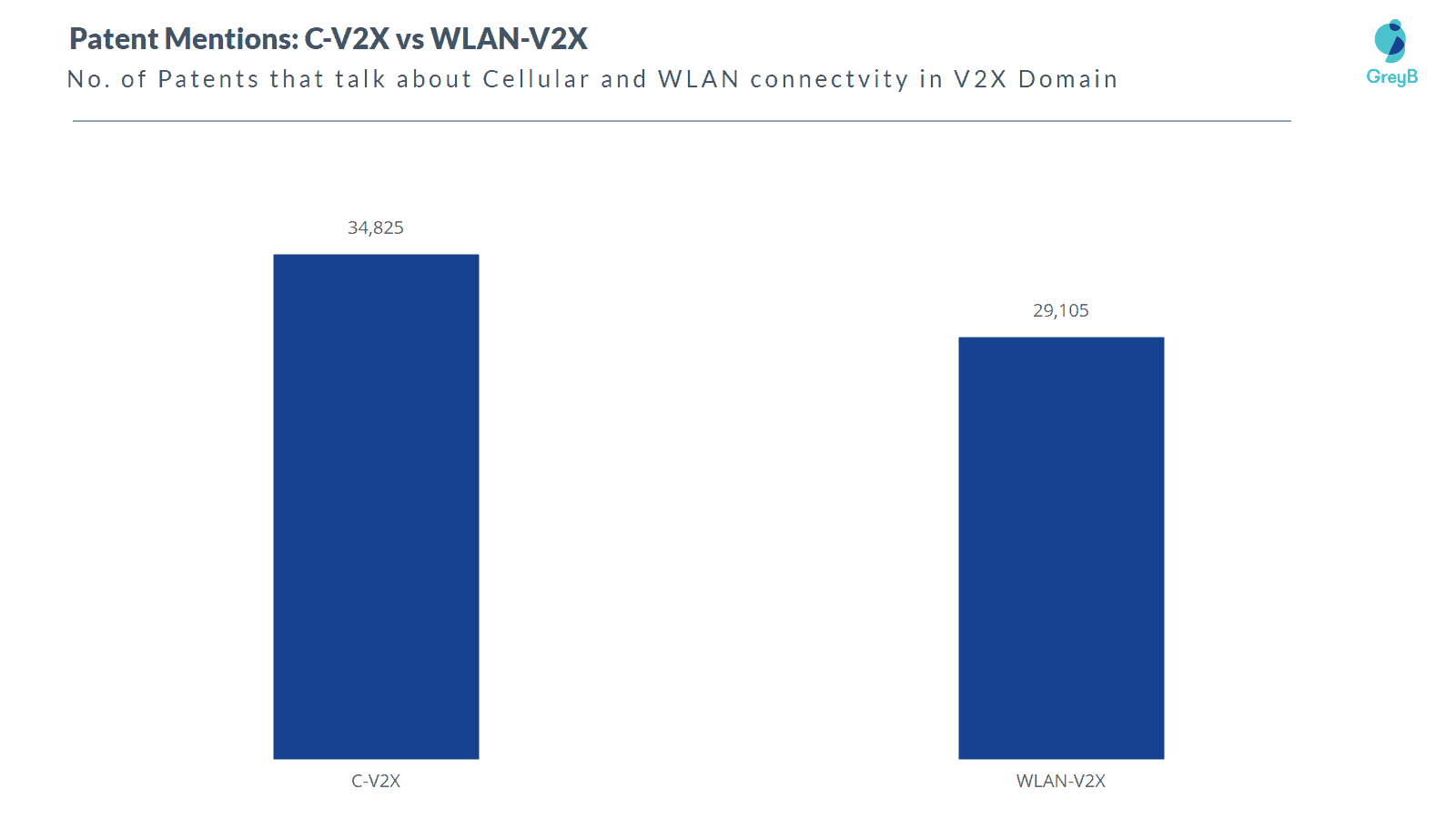 In terms of patent mentions, CV2X also takes the lead with a significant number of patents. The reason being is that mostly the technology companies (such as semiconductor, software, and telecom) are researching CV2X and these companies generally file more patents than companies of other industries which in this case is automotive.
In terms of patent mentions, CV2X also takes the lead with a significant number of patents. The reason being is that mostly the technology companies (such as semiconductor, software, and telecom) are researching CV2X and these companies generally file more patents than companies of other industries which in this case is automotive.
Notable Patents for V2X
Below are some of the notable patents of V2X. The patents could belong to either C-V2X or WLAN-V2X.
- Nokia’s developments seem towards setting up the infrastructure to accommodate 5G cars, a claim supported by US10681567B2 which assists with the drivability of an autonomous vehicle. This involves detecting specific road traffic conditions and transmitting the information to other vehicles in the area to avoid accidents and controlling vehicle speeds by setting the cars in high alert mode. US9955484B2 uses location/position information of the mobile radio device to select radio resources that are to be allocated to user devices for communication.
- Panasonic Automotive Systems Company of America filed a patent application US20200154248A1 to solve the above problem and thus enhance GPS performance. The present innovation, which can be applied over the C-V2X contact channel to improve GPS accuracy in a car, is included in the patent. The vehicle’s C-V2X system will connect with either a C-V2X base station or an RSU. The second signal from the C-V2X communication system is received by a GPS device that is communicatively coupled to the C-V2X communication device.
- In the 5G scheme, the patent application filed by Intel IP provides a solution for vehicle-to-everything (V2X) contact authorization. The embodiments of Vehicle-to-everything (V2X) communications authentication are explained in this patent. The user equipment (UE) optimized for V2X communication and designed to run within a fifth-generation system (5GS), or a combination fifth-generation and fourth-generation system (4GS), can encode a V2X capacity indicator in a request message for transmission to a network object in some embodiments. This patent was filed by Intel IP Corporation.
- The patent application filed by Baidu USA covers a method of monitoring traffic lights in a V2X system, which involves receiving status information from a variety of vehicles at a cloud server. Since screening out one or more cars that are not expected to experience a traffic light on their path in a fixed time ahead of them. Obtaining a punctuality status of each remaining vehicle according to a schedule table, and optimizing each traffic light in the V2X setting depending on the vehicle’s punctuality status to achieve a traffic light optimization outcome are also included in the process.
- Autotalks’ patent identifies an apparatus for V2X communications, which includes an application layer for evaluating a high-risk scenario involving a self-vehicle and other vehicles, as well as access or network layer for ensuring receipt of messages broadcast by the self-vehicle by requiring acknowledgment only from vehicles listed as being involved in the high-risk scenario.
- Savari’s patent discloses the methods and systems for V2X congestion control, while using directional antennas, and determining OBU transmission power. These are based on the weather data received from the vehicle CAN. Both the aspects of the invention, i.e. the weather data usage invention and the directional antenna usage invention fall under the same category of ‘V2X propagation optimizations’.
- Cohda Wireless had filed a patent for its technology called Method for Estimating the Position of an Object. The procedure entails sending a first V2X message from the object to a group of spaced units, followed by receiving a series of V2X answer messages from at least two units in response to the first V2X message.
Top Markets
China is leading the V2X as the country is the top R&D center and potential market for the technology, particularly C-V2X. More than 20 trials and pilot projects are taking place across 100km of roads in 10 provinces. In Wuxi, in eastern Jiangsu province, where C-V2X already covers 170 square km of urban land, China Mobile and supplier Huawei planned to nearly double that coverage to 400 intersections by the end of 2019.
“5GAA is instrumental in supporting the implementation of C-V2X technology in different parts of the world including China. The momentum in China reflects the fact that C-V2X is the verified, mature, and preferred future-proof technology for connected vehicles.”
– Luke Ibbetson, 5GAA Board Member and Vodafone Group’s Head of R&D.
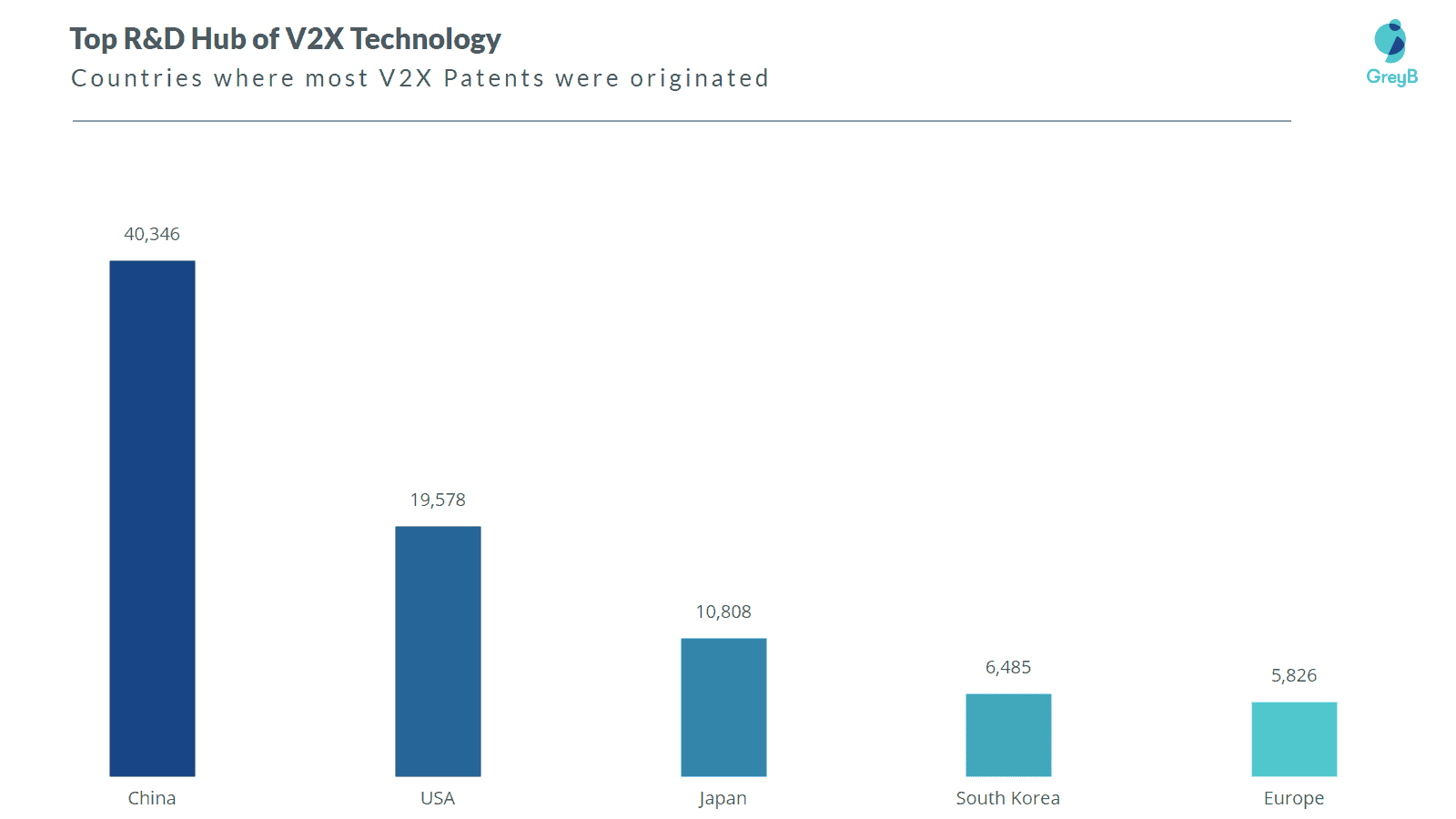 Further patent data also tells us that most of the V2X research has happened in China following by the US. Being a lucrative market, more than 15 automakers announced their plan to roll out cars supporting C-V2X for the Chinese market from the 2nd half of 2020, according to 5GAA.
Further patent data also tells us that most of the V2X research has happened in China following by the US. Being a lucrative market, more than 15 automakers announced their plan to roll out cars supporting C-V2X for the Chinese market from the 2nd half of 2020, according to 5GAA.
The patent data also tells that China seems to be the potential market for C-V2X technology as companies tend to save their C-V2X innovation in China.
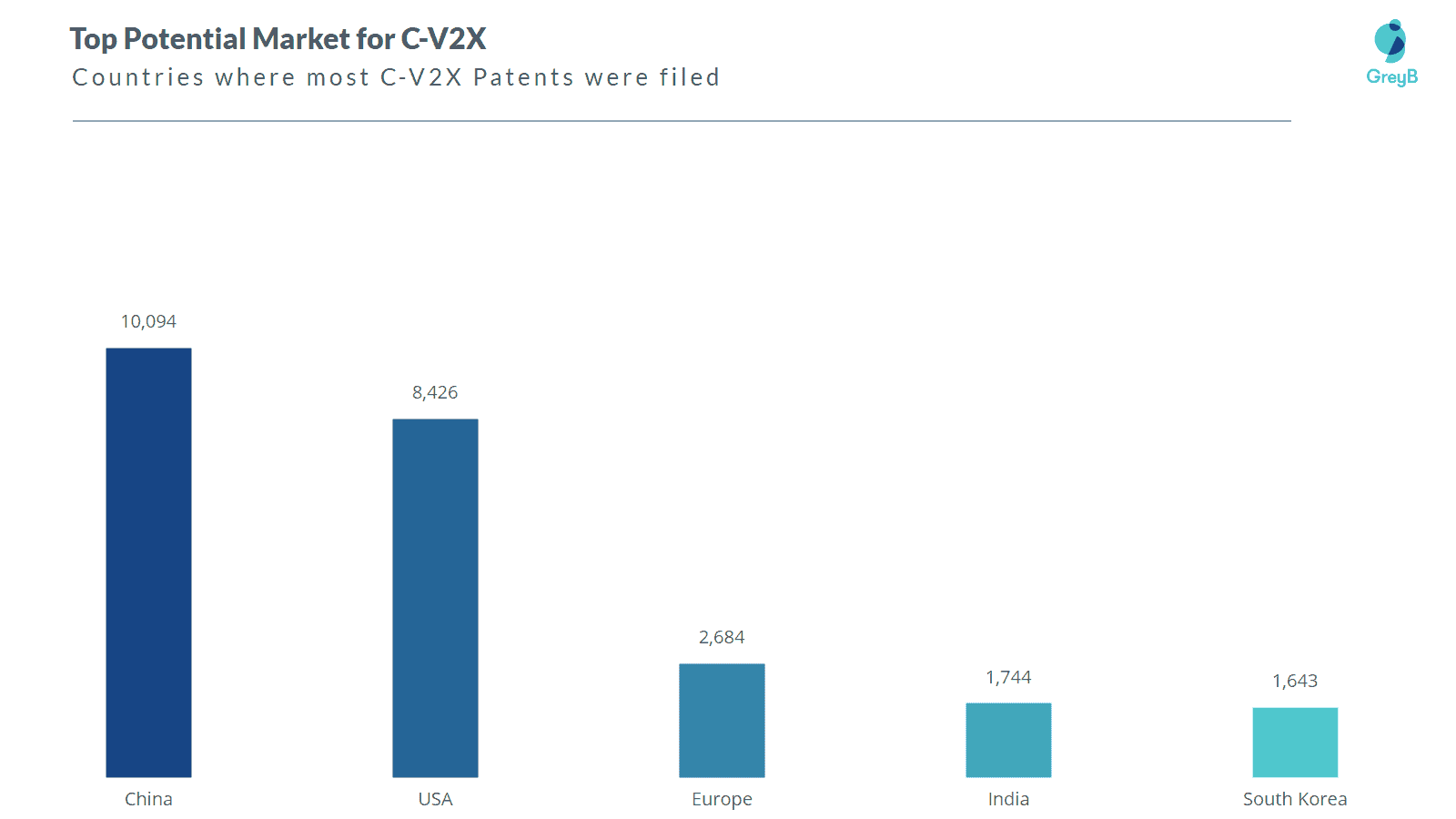 But as for research and development, the US is leading for C-V2X most likely because of Qualcomm which is the top company researching C-V2X.
But as for research and development, the US is leading for C-V2X most likely because of Qualcomm which is the top company researching C-V2X.
Future Outlook
Based on Market prediction and technical development, it is safe to say that the technology will grow in the coming year and boost safety for self-driving vehicles.
And with 5G and AI, companies can solve the technical challenges of V2X, especially C-V2X. Also, it could make C-V2X a more mainstream option than WLAN-Based V2X. 5G and AI open a whole new door for many technologies to improve and with C-V2X, it can improve it to an unexpected length that 4G failed to do so.
“C-V2X technology is set to revolutionize the mobility ecosystem and the way vehicles and drivers interact with the world, including vulnerable road users such as pedestrians and cyclists. It is an essential stepping stone for the ongoing digitization of transportation by providing real-time, highly reliable, and actionable information flows to enable road safety, traffic efficiency, and environmental progress.”, Maxime Flament, CTO, 5GAA.
“The auto and telecom industry – collaborating under 5GAA – supports the idea that 5G will further enable mission-critical enhanced V2X communications and be the ultimate platform to enable impactful C-ITS services.”
5GAA is trying to promote CV2X and has been successful in attracting many global players to adopt it.

Source: Qualcomm
One of the main reasons for the success of CV2X is Qualcomm. Qualcomm has been promoting CV2X since 2015 when it first published a research paper about it. The company has filed several patents on CV2X technology and is the top company with the most patents on CV2X.
But there are many companies, especially Asian, that are still driving for V2X and can give Qualcomm tough competition. We already know that the Asia-Pacific region will expect high growth, so it is understood that research and development will factor in this growth too.
In the second part of the article, we will be discussing the top companies of overall V2X, CV2X, and WLAN-Based V2X.

